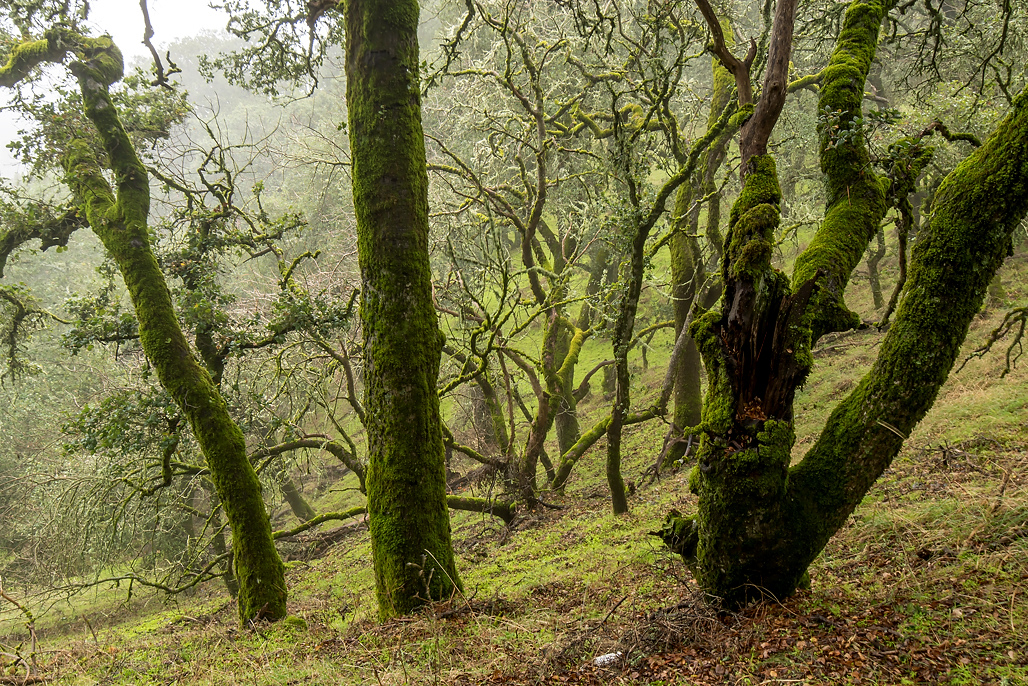You must bring your own wood to burn and keep an eye on any fire at all times. Fires must be extinguished before going to sleep or leaving your campsite. Tickets with be issued to anyone gathering leaves, wood, or other material to burn. Tickets will also be issued to people who leave fires burning unattended.
If you have questions about camping, reservations, amenities, they might already be answered in our Frequently Asked Questions. If you have further questions, contact us by email or phone listed in the Contacts section of the main webpage for Fremont Peak State Park.
This park features expansive views of Monterey Bay, from its hiking trails in the grasslands of the higher peaks of the Gavilan Range. Other views include the San Benito Valley, Salinas Valley, and the Santa Lucia Mountains east of Big Sur. Pine and oak woodlands in the park are home to many birds and mammals. There are camping and picnic facilities in the park. The park also features an astronomical observatory with a 30-inch telescope, which is open for public programs on selected evenings.
Upcoming Events
Location-Directions
10700 San Juan Canyon Rd, San Juan Bautista, CA 95045
Off of Highway 156, 11-miles south of San Juan Bautista on San Juan Canyon Road.
Seasons/Climate/Recommended Clothing
The weather can be changeable. Layered clothing is advised.
7-Day Forecast
Seasons/Climate/Recommended Clothing
Hiking
Park Brochure/Map available online only.
Astronomical Observing
It’s best to arrive before sundown as vehicle headlights after sunset disrupt astronomers’ night vision. Clouds, rain, or humid conditions will cancel astronomy programs.
In general, astronomers are friendly, outgoing, and happy to allow you to view through their telescopes and answer your questions. A few courtesies that will enhance everyone’s experience:
- Do not touch any part of any telescope unless the owner instructs you on the proper method. In particular, do not touch any glass optical surfaces.
- Please be sure that all children are supervised around telescopes.
-
Remember, using lights near telescopes at night is highly disruptive. A piece of red "cellophane" wrapped over the end of a flashlight and held in place with a rubber band works great.
For more information:






